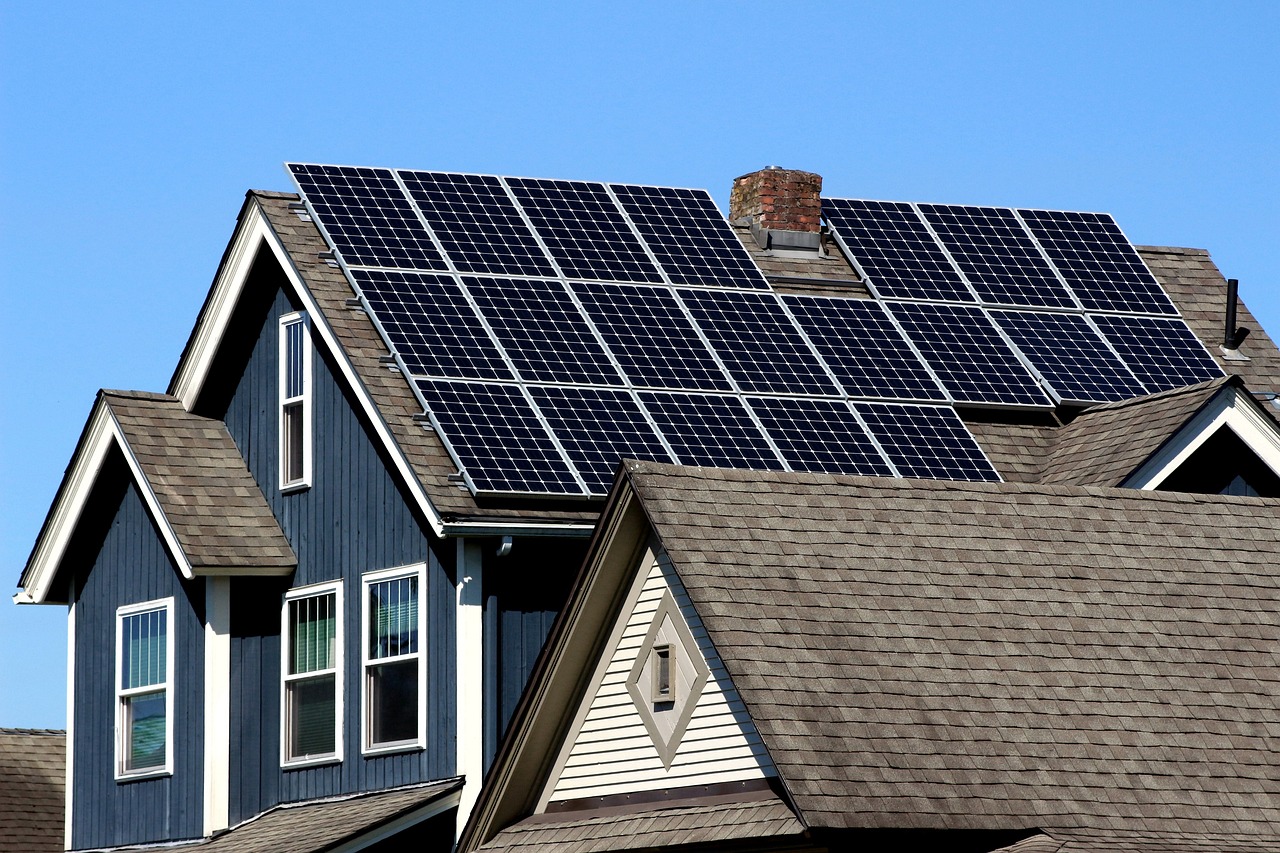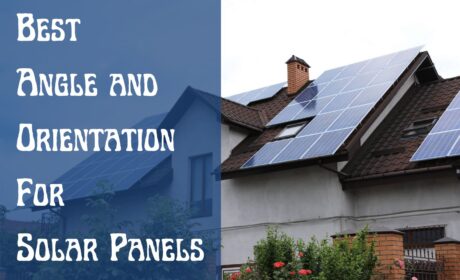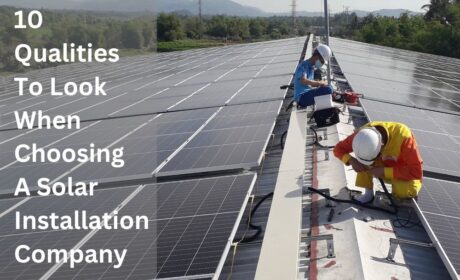
Solar panels are a big deal in Texas, which has a huge energy industry. As a major producer and consumer of electricity, Texans have embraced clean, green energy. With the most sunshine and the lowest solar costs in the country, Texas is a great place to install solar panels.
You need to know a few things before installing solar panels in Texas. Before you start the installation, here’s what you should know.
Solar panels in Texas:
According to a ChooseEnergy.com analysis from May 2022, Texas is next to California, among the top U.S. states generating solar-powered electricity. The state accounts for around 12.4% of total US output.
The cost required to convert solar energy into electric power using solar panels in Texas is 2.77 dollars per watt. With the 30% federal tax credit, this figure can power a typical 6,000-watt home for $11647. These are Texas statistics for solar panel system applications as of November 2022.
The rate is lower than the cost of solar panel systems installed in US homes, which currently cost an average of $3.00 per watt. The size of the solar panels affects the cost as it determines the expenses needed to install a solar panel system.
Large solar panels cost less than small ones. Because you can buy larger solar panels in bulk quantities. Still, the large solar panels exceed the total cost since they need more single panels.
Factors affecting the cost of solar panel installation in Texas:

The installation cost of solar panels depends on several factors other than equipment and installation expenses. It is also calculated by permitting costs, installer profit, and inspection costs. These measures affect the cost of solar, and prices fluctuate between them.
The exact solar panel installation costs for homes depend on some of the most important factors, which include:
1. Type of installation
Solar panels in Texas can be installed on the roof, on the ground, or in a solar array. Each installation method has its own costs and benefits, like how much sunlight the panels get. It depends on the space available and what mounting system you need.
There are other types of installations as well, such as ground mounts and carport installations.
But these types need some extra weight to be anchored deeply into the ground. This might result in higher labor costs and more components.
2. Type of equipment
Solar panels have two variables: power density and color.
Power density is a measure of the power produced by a solar panel per unit of its size. In general, the higher the cost per watt, the more “power dense” the solar panel.
In terms of color, you can choose the color that you desire. A standard panel consists of a blue cell, a silver frame, and a white back sheet. Panels with a black frame will come with a black back sheet or black unit and will be more costly in general.
3. Roof type
Flat roofs, metal roofs, and shingles are all roof types that can accommodate solar panels. All types of roofs need varying components and different forms of labor for solar panel installation.
To hold the panel racking to the roof, shingle roofs require the application of a particular flashing component. Racking is directly linked to a ribbed or standing-seam metal roof. To install panels on a flat roof, a ballast mount (a tray held in place by a concrete block) is used.
4. Shading & weather
It is vital to inspect the area around your solar panels. The number of panels required and their position will be determined by how much shade your yard receives. A system in full sun may create more energy with fewer panels, whereas a greater shadow may require more panels to give the same amount of energy.
Furthermore, weather patterns fluctuate from place to place and region to region. This is not the case in snowy or cloudy areas. Most solar panel setups are now built with shading and weather in mind, which influences system size and equipment requirements.
5. Interconnection cost
The process of connecting the solar panel system to the local power grid is known as “interconnection.” Your local utility has its own set of criteria that must be met. It may impact the type of meters you need or whether you need to improve your transformer.
It depends on how many solar panels are already installed in your area. Also, on the quality and age of the photovoltaic panels and their size.
6. Distance to the interconnection point
To use net metering, surplus electricity must be delivered to the utility meter. The farther the solar panels are from the utility interconnection point, the more expensive they are. This is due to the underground utilities and conduits that need to be installed, and the wire sizes. Longer distances require more wire.
The different aspects mentioned have an impact on the overall cost of photovoltaic panel installation and require a specific quote for the solar installation. This is why hiring a skilled solar installer might be beneficial.
Benefits of installing solar panels in Texas

1. Low power bills by installing solar panels in Texas:
Solar panels may generate enough energy to meet at least 50% of your household’s energy requirements.
What’s the best part? When you install your system, you immediately begin saving.
Customers who spend more than $100 on energy each month, which is less than the average in Texas, save thousands of dollars in the first year. Make your savings as your utility’s energy prices rise year after year.
Run a home energy inspection to see whether you need more insulation or if you notice any leakage near windows and doors.
2. Increase your home value:
Over the years, solar energy has become more affordable. Solar panels increase your property’s value by $3.00 per watt in Texas. The quality of the panels has a lot to do with it.
Solar panels get better every year, making them more efficient and reliable. This makes them more attractive to buyers, which increases your home’s value. By installing solar, U.S. customers save about $1,500 a year. That’s $37,500 over 25 years.
3. Lower the carbon footprint
Conventional electricity is generated using fossil fuels and coal. When such fuels are used to generate electricity, they create very hazardous gases, which are a prime contributor to water and air pollution. And a variety of health problems, including respiratory disorders, various kinds of cancer, and land degradation.
Installing solar panels in Texas means that you are contributing to the reduction of toxins in the environment.
4. Increase your energy independence overall
You generate your own electricity with a solar power system for your house. This is done all by harnessing the sun’s free and plentiful energy!
There’s a good chance that you’ll be able to meet all of your energy needs with Texas solar panels today. It reduces your reliance on grid-supplied electricity. With ever-increasingly affordable solar panels, your home becomes more energy independent. Battery storage and power generators are also part of your solar energy system.
5. No dependency on power price surge:
Unlike other businesses, utility companies are not liable when they raise their prices. Everybody requires power in their homes and companies. People continue to pay overcharged bills out of desperation despite rising living costs and stagnant wages.
With Texas solar panels you see another option . A far better and cheaper one.
During the hot Texas summer, electricity use goes way up. This implies that your electrical costs might spike. Take advantage of the extended sunlight hours before the scorching summer heat strikes.
In this way, both current and future energy costs can be effectively reduced.
6. Solar panels in Texas support the economy:
Solar panels generate more employment opportunities in Texas. There are more jobs in this sector than in the oil, gas, and coal sectors combined. With the economy’s various peaks and troughs, it’s always a positive thing to help startups and fellow citizens.
7. Tax incentives on solar panels in Texas
The federal solar Investment Tax Credit (ITC) is available for household solar panels. It allows you to exclude 30% of the cost of going solar. This credit has no cap, and if it exceeds your tax due for the year, the balance can be carried forward to the next year.
Tax incentives depend on the size of your solar panels in Texas. The tax incentive typically ranges from $4000-$9000, so it saves you a lot on the net amount. This tax credit will be reduced by 10% in 2023, so you might be losing out on tens of thousands of dollars in cost savings if you wait too long!
8. More savings possibilities
If you sell your house, you will be able to increase your profits by lowering your monthly power costs. You can put those profits towards a rainy day fund, saving for a dream trip, or making home improvements.
Conclusion:

Texans have done a lot to push for clean and renewable energy. Nearly six in-ten Texas households expressed increased interest in solar panels following the pandemic. Solar energy has become a lot more affordable over the years, as have the alternatives for financing your solar panel system with no money down!
It’s easier than ever to finance your solar panel system. You can get low-interest rates and favorable terms from banks and other financial associates. Book a free solar consultation with us if you’re ready to move forward with solar energy.






